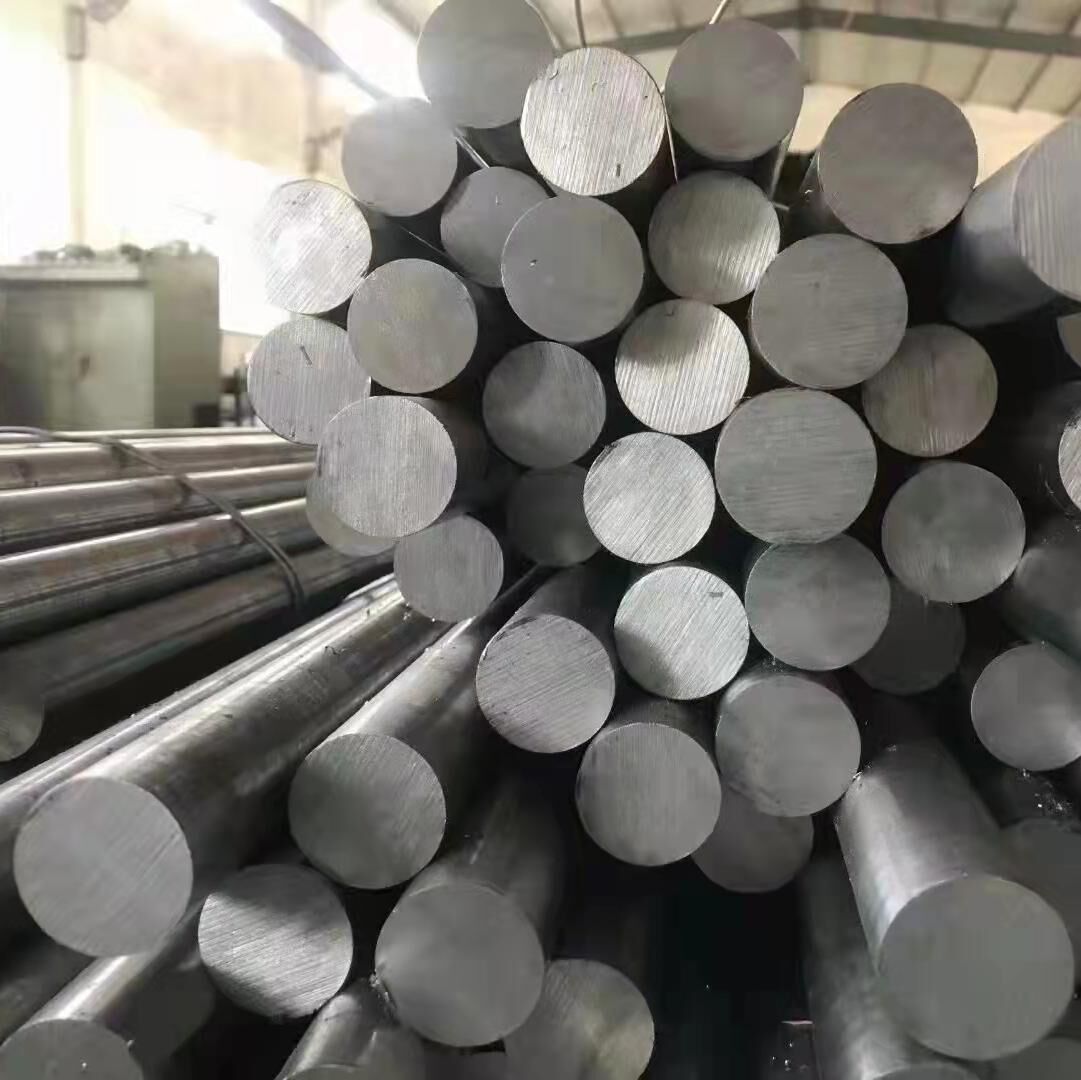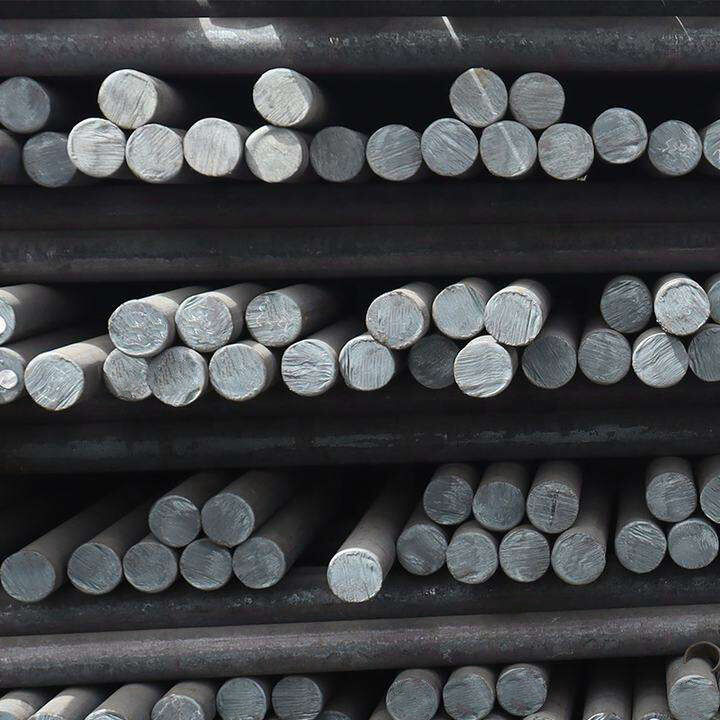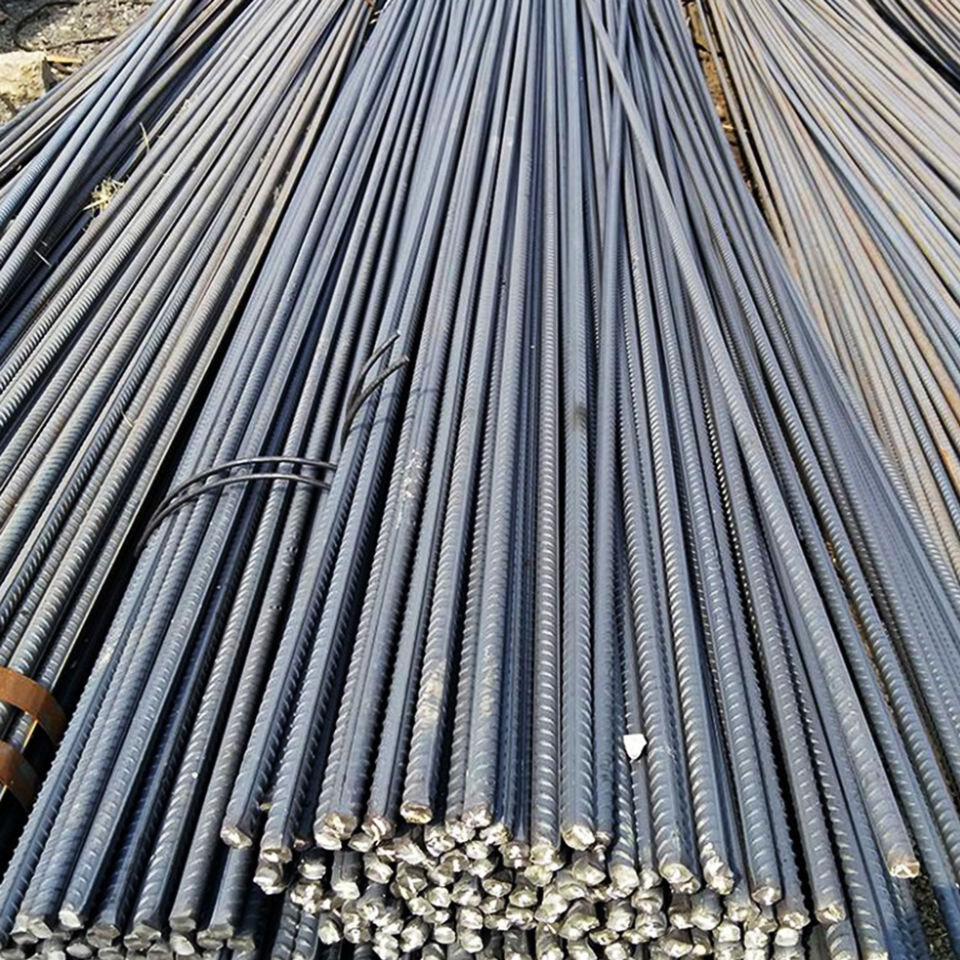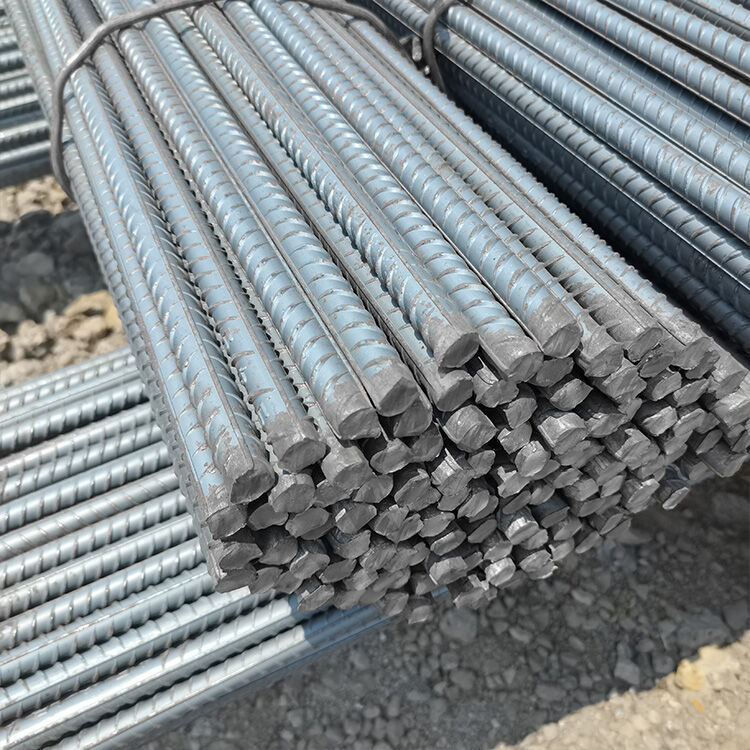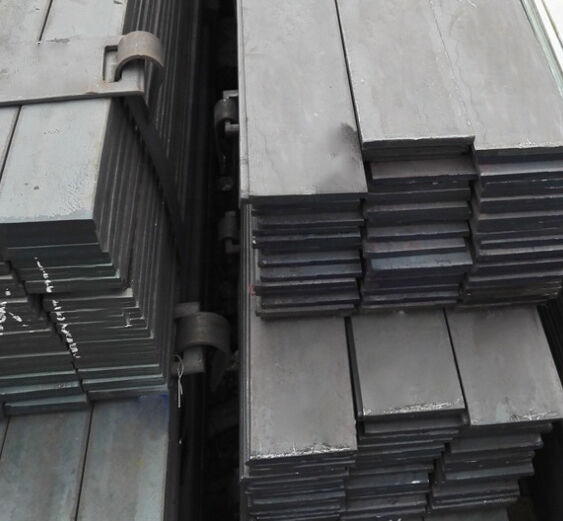
CONTACT US
Product Description
Mild Steel Rod Bar/Round Bar
Product Detail
Processing video:
specification:
Classification
Classification by Process
Round steel is divided into three kinds: hot rolling, forging and cold pulling. Hot rolled round steel specification is 5.5-250 mm. Among them: 5.5-25 mm small round steel is mostly supplied in straight strips into bundles, commonly used as steel bars, bolts and various mechanical parts; round steel greater than 25 mm, mainly used for the manufacture of mechanical parts, seamless steel pipes.
Classification by chemical composition
Carbon steel can be divided into low carbon steel, medium carbon steel and high carbon steel.
(1) Low-carbon steel
Also known as soft steel, carbon content from 0.10% to 0.30% low carbon steel is easy to accept a variety of processing such as forging, welding and cutting, commonly used in manufacturing chains, rivets, bolts, axes, etc.
(2) Medium-carbon steel
0.25%~0.60% carbon steel. There are sedative steel, semi-sedative steel, boiling steel and many other products. Besides carbon, small manganese (0.70%~1.20%). According to the product quality is divided into ordinary carbon structure steel and high-quality carbon structure steel. Good thermal processing and cutting performance, and poor welding performance. Strength and hardness are higher than mild steel, and plasticity and toughness are lower than mild steel. Without hot treatment, hot rolling, cold pull materials, can also be used after heat treatment. Medium carbon steel after quenching and tempering has good comprehensive mechanical properties. The maximum hardness to be achieved is approximately HRC55 (HB 538) , σb for 600 ~ 1,100 MPa. Therefore, among the various uses of medium strength level, medium carbon steel has been the most widely used, in addition to as building materials, but also widely used in manufacturing various mechanical parts.
(3) High-carbon steel
Often known as tool steel, from 0.60% to 1.70% carbon content, can be hardened and tempered. Hammers, crowbars, etc. are made of steel containing 0.75% carbon; cutting tools such as drills, wire tapping, hinge are made of steel containing 0.90% to 1.00% carbon.
Quality Classification by Steel
According to the quality of the steel can be divided into ordinary carbon steel and high-quality carbon steel.
(1) Ordinary carbon structural steel, also known as ordinary carbon steel, has wide limits on carbon content, performance range and the content of phosphorus, sulfur and other residual elements. In China and some countries, there are three categories according to the guaranteed delivery guarantee conditions: Class A steel (Class A steel) is the steel that guarantees mechanical properties. Class B steel (Class B steel) is the steel guaranteeing the chemical composition. Special class steel (Class C steel) is a steel that ensures both mechanical performance and chemical composition, and is often used to manufacture more important structural parts. The most produced and used in China is A3 steel (Class A # 3 steel) with a carbon content of about 0.20%, mainly used for engineering structure.
Some carbon structural steel also add a trace amount of aluminum or niobium (or other carbide forming elements) to form nitride or carbide particles to limit grain growth, make the steel strengthen and save steel. In China and some countries, in order to meet the special requirements of specialized steel, to adjust the chemical composition and performance of ordinary carbon structural steel, thus developing a series of specialized steel for ordinary carbon structural steel (such as bridge, buildings, steel, pressure vessels, etc.).
(2) High quality carbon structural steel and other sulfur, phosphorus and other non-metal inclusions are low. Depending on the carbon content and use, such steel is roughly divided into three categories:
① less than 0.25%C is low carbon steel, especially with 08 F,08Al below 0.10%, which is widely used as deep stamping and welding... … Wait. 20G is the main material for making ordinary boilers. In addition, low carbon steel is also widely used as carburized steel, used in mechanical manufacturing industry.
② 0.25~0.60%C is a medium carbon steel, mostly used in the quality regulation state, to make the parts of the mechanical manufacturing industry.
③ over 0.6%C is high carbon steel, mostly used for the manufacture of springs, gears, rollers, etc.
According to the manganese content, it can be divided into ordinary manganese content (0.25~0.8%) and higher manganese content (0.7~1.0% and 0.9~1.2%). Manganese can improve the hardening ability of the steel, strengthen the ferrite, and improve its yield strength, tensile strength and wear resistance. Usually after the label of steel with high manganese content, attach the label "Mn", such as 15Mn, 20Mn to distinguish it from the normal manganese content.
Classification by Use
According to the use, it can be divided into carbon structural steel and carbon tool steel.
Carbon tool steel has carbon content between 0.65~1.35%, with high hardness and high wear resistance after heat treatment, mainly used for manufacturing tools, blades, molds and measuring (see tool steel).
Carbon structural steel is divided into 5 labels according to the steel yield strength:
Q195,Q215,Q235,Q255,Q275
Each sign is divided into A, B, C, D grade due to different quality, with four kinds, some only one; and other deoxidation methods of steel smelting.
Deoxygenation method symbol:
F—— Boiling steel
b—— Balance Steel
Z—— Killed Steel
TZ——Special Secure Steel
Material:
Material of round steel: Q195, Q235,10#,20#,35#,45#, Q215, Q345,12Cr1Mov, 15CrMo, 304,316,20Cr, 40Cr, 20CrMo, 35CrMo, 42CrMo, 40CrNiMo, GCr15,65Mn, 50Mn, 50Cr, 3Cr2W8V,20CrMnTi, 5CrMnMo, etc. etc. [2]
Standard
Standard: (GB699-1988, GB700-1988, GB3077-1988, GB702-1986, QJ/HG02.17-1991), the following table is detailed round steel:
Calculation formula of round steel: Х outer diameter Х0.00617=kg/m
Products Recommended
Message

